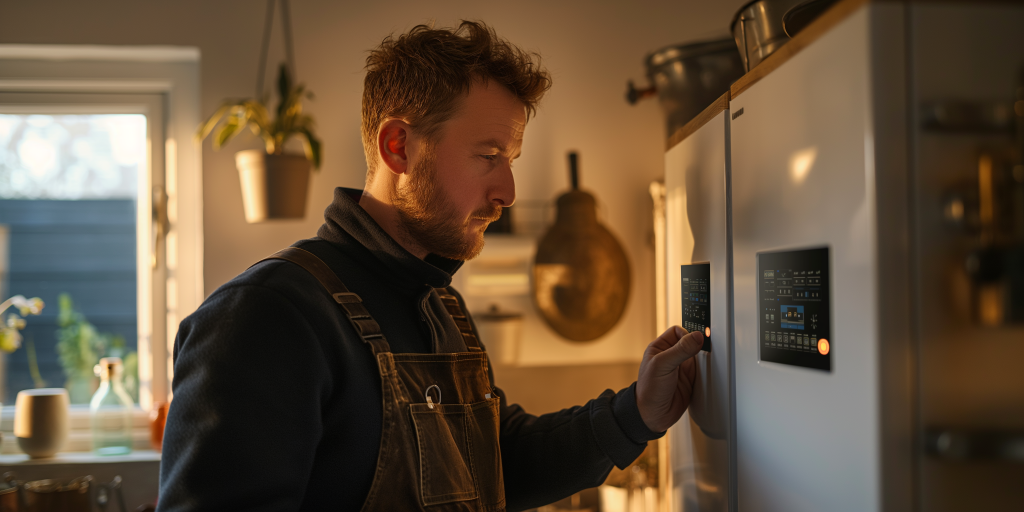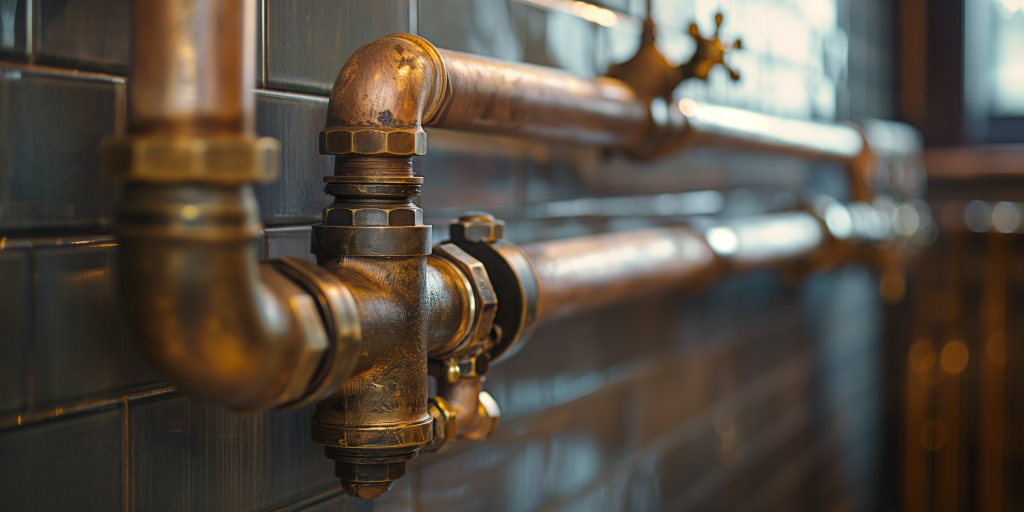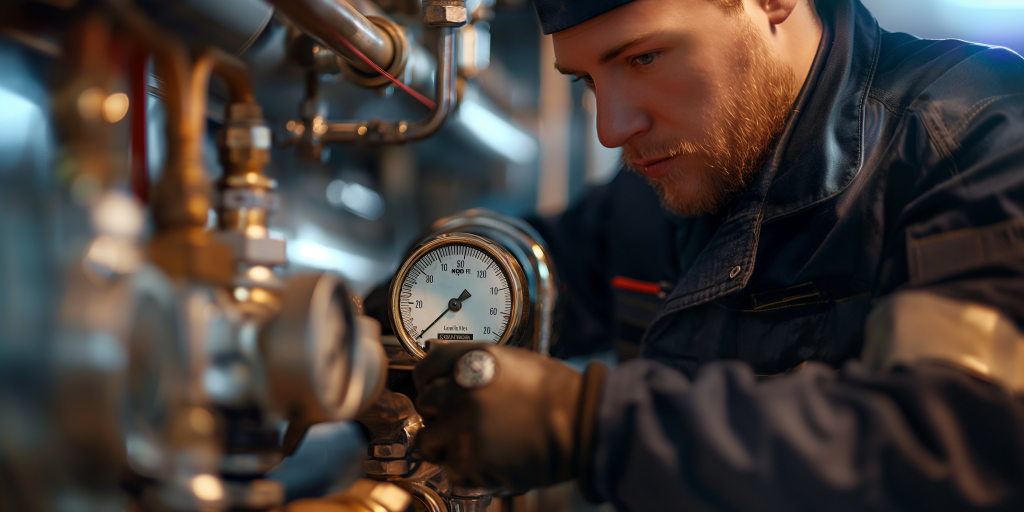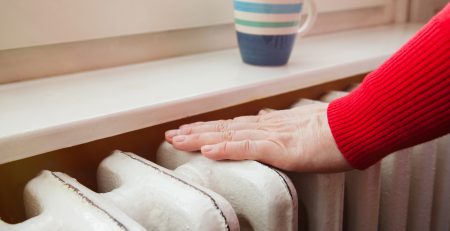Annual Heating Maintenance UK Checklist: Your Ultimate Guide
Maintaining your heating system is essential to ensure it runs efficiently, safely, and cost-effectively. Regular maintenance can prevent unexpected breakdowns, save on energy bills, and extend the lifespan of your heating system.
This guide provides a comprehensive checklist for annual heating maintenance in the UK, helping homeowners stay warm throughout the colder months.
Inspect and Clean the Boiler
Visual Inspection
Your boiler is the heart of your heating system, and it’s crucial to start your maintenance routine with a thorough visual inspection. Look for any visible signs of wear, corrosion, or leaks. These issues can indicate underlying problems that need professional attention. Additionally, check for soot or grime buildup on the exterior, which can be a sign of inefficiency or poor combustion.
Clean Components
A clean boiler operates more efficiently. Focus on cleaning the burner, heat exchanger, and other internal components. This task may require professional help, as accessing and properly cleaning these parts can be complex. Removing dirt and debris ensures better heat transfer and reduces the risk of unexpected breakdowns.
Test Pressure
Maintaining the correct boiler pressure is vital for efficient operation. Check the pressure gauge and ensure it is within the recommended range, usually between 1 and 2 bars for most residential systems. If the pressure is too low or too high, follow the manufacturer’s guidelines to adjust it. Incorrect pressure can lead to inefficiency and potential damage to the system.
Check the Radiators
Bleed Radiators
Air trapped in your radiators can cause uneven heating, resulting in some areas of your home feeling colder than others. Bleeding the radiators removes this trapped air. To do this, turn off the heating and use a radiator key to open the bleed valve slightly until water starts to escape. Close the valve and wipe away any spilled water. This simple task can greatly improve your heating system’s efficiency.
Inspect for Leaks
Examine your radiators and their connections for any signs of leaks or corrosion. Small leaks can lead to significant water loss over time, reducing system efficiency and increasing your water bills. Corrosion can weaken the radiator, making it more susceptible to leaks. If you notice any issues, consider replacing the affected parts or consulting a professional for repairs.
Test Valves
Thermostatic radiator valves (TRVs) help regulate the temperature of each radiator, allowing for more efficient heating control. Ensure that all TRVs are functioning correctly by turning them up and down to see if the radiator responds accordingly. If any valves are stuck or not working, they may need to be cleaned or replaced.
Examine the Thermostat
Calibration
A properly calibrated thermostat ensures your heating system runs efficiently by maintaining the desired temperature. Check the thermostat’s accuracy by comparing its reading with a reliable room thermometer. If there is a significant discrepancy, recalibrate the thermostat according to the manufacturer’s instructions or replace it if necessary.
Programmable Settings
Programmable thermostats can save energy by adjusting the temperature based on your schedule. Ensure your thermostat’s settings are optimised for energy efficiency. Set lower temperatures when you’re away or asleep and higher temperatures when you’re at home and awake. This simple adjustment can lead to significant energy savings over time.
Inspect the Pipework
Leak Detection
Inspect all visible pipes for signs of leaks or damage. Even small leaks can lead to significant water loss and potential damage to your home. Check joints and connections, as these are common points for leaks. If you find any issues, tighten the connections or replace damaged sections of the pipe.
Insulation
Proper insulation of external pipes is essential to prevent freezing during the colder months. Check the insulation on all external pipes and replace any that are worn or missing. Pipe insulation is relatively inexpensive and can prevent costly repairs and water damage caused by burst pipes.
Check the Flue
Clear Obstructions
The flue is responsible for venting exhaust gases from your boiler. Ensure the flue is free from any blockages or obstructions, such as leaves, debris, or bird nests. Blocked flues can cause dangerous gases to build up inside your home, posing a serious health risk. Regularly clearing the flue ensures safe and efficient operation.
Inspect for Damage
Examine the flue pipe for any signs of wear or damage, such as cracks or holes. A damaged flue can lead to leaks of exhaust gases, reducing the efficiency of your heating system and potentially exposing you to harmful fumes. If you notice any issues, contact a professional to repair or replace the flue.
Test Safety Controls
Carbon Monoxide Detector
Carbon monoxide (CO) is a colourless, odourless gas that can be deadly. Ensure your carbon monoxide detectors are working and have fresh batteries. Place detectors near your boiler and in sleeping areas for maximum safety. Test the detectors regularly and replace them according to the manufacturer’s recommendations.
Safety Valves and Switches
Your heating system has several safety valves and switches designed to prevent dangerous conditions. Test all safety valves, such as the pressure relief valve, to ensure they are operational. These components are crucial for preventing overpressure and other hazardous situations. If any safety devices are not functioning properly, contact a professional for repairs.
Service the Gas Supply
Pressure Test
Conduct a pressure test to ensure there are no leaks in the gas supply. This test involves shutting off the gas and checking the pressure gauge to see if it holds steady. If the pressure drops, it indicates a leak that needs to be addressed. Gas leaks are dangerous and should be repaired by a qualified technician immediately.
Connection Inspection
Check all gas connections for signs of wear or damage. Gas connections can deteriorate over time, leading to leaks. Look for any loose fittings, cracks, or other issues that could compromise the gas supply. If you find any problems, tighten the connections or replace damaged parts to ensure a safe and reliable gas supply.
Check the Heating System’s Efficiency
Energy Consumption
Review your energy bills to identify any unusual increases in usage. A sudden spike in energy consumption can indicate an issue with your heating system. Compare your current bills with those from previous years to spot any significant changes. If you notice an increase, investigate further to identify and resolve the cause.
Performance Evaluation
Monitor the system’s performance to ensure it is heating your home efficiently. Pay attention to how quickly your home heats up and whether all rooms reach the desired temperature. If you notice any inconsistencies or prolonged heating times, it may indicate a problem with your heating system that needs to be addressed.
Key Takeaways
Regular annual heating system maintenance is crucial for ensuring efficiency, safety, and longevity. By following this comprehensive UK checklist, homeowners can avoid costly repairs and enjoy a warm, comfortable home throughout the winter. Remember, if you’re unsure about any steps, it’s always best to consult with a professional heating engineer to carry out the maintenance safely and effectively.
Stay warm and keep your heating system in top shape with this ultimate guide!







